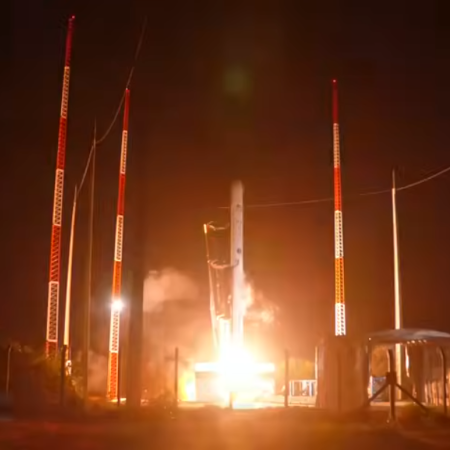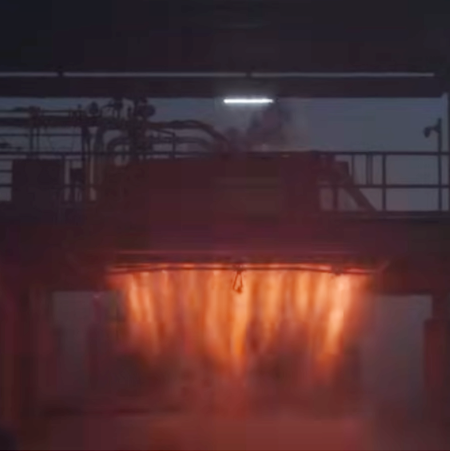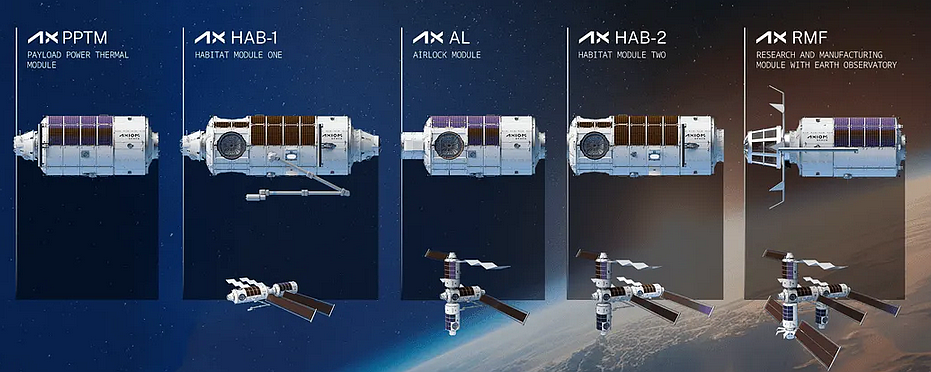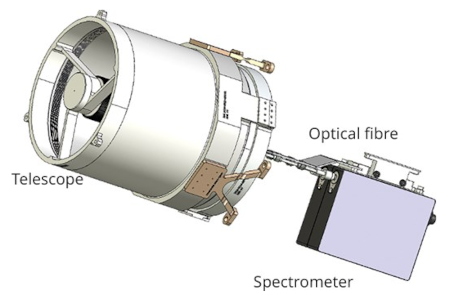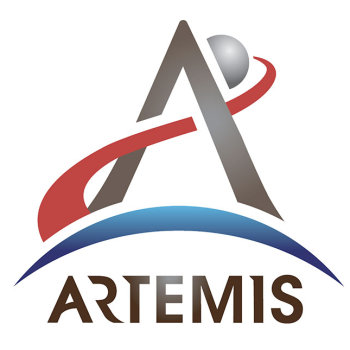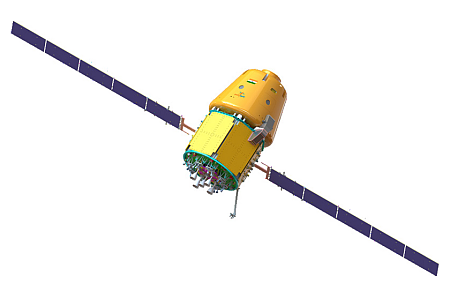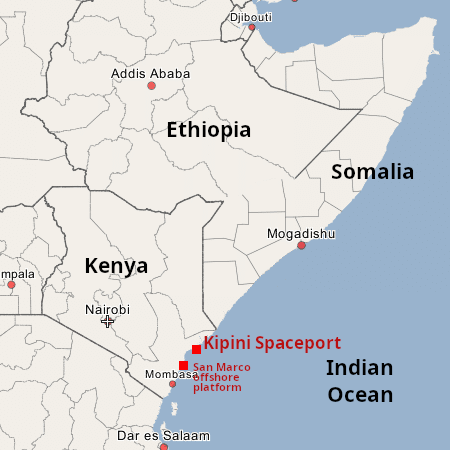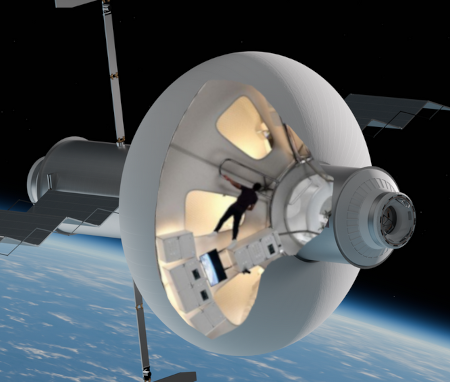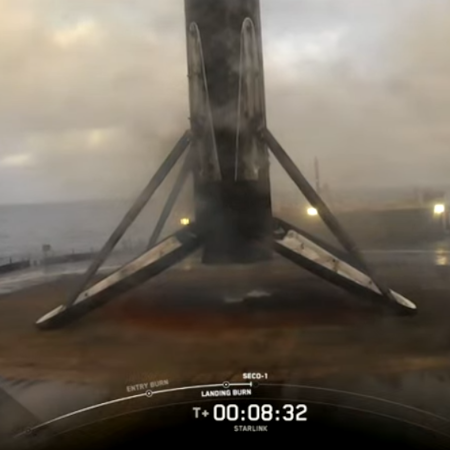The SpaceX alumni that are reshaping the space industry
Link here. The article provides a very comprehensive list of the many former SpaceX employees who have left SpaceX to form their own companies, most of which in space or related industries, raising $3 billion in private investment capital.
The list includes a lot of very small operations doing work on the periphery, such as in the health industry or software for a variety of industries, not just space. It also includes some new major space players, such as the orbital tug company Impulse, and the recoverable capsule company Varda.
For some reason the article refers to this new generation of space entrepreneurs as the “SpaceX Mafia”, as if they are teaming up like mobsters to eliminate any competition. This is beyond false. Instead, they are the epitome of competition and the American dream, each forming their own company to push new ideas.
Take a look. It provides a nice and very hopeful overview of the future.
Link here. The article provides a very comprehensive list of the many former SpaceX employees who have left SpaceX to form their own companies, most of which in space or related industries, raising $3 billion in private investment capital.
The list includes a lot of very small operations doing work on the periphery, such as in the health industry or software for a variety of industries, not just space. It also includes some new major space players, such as the orbital tug company Impulse, and the recoverable capsule company Varda.
For some reason the article refers to this new generation of space entrepreneurs as the “SpaceX Mafia”, as if they are teaming up like mobsters to eliminate any competition. This is beyond false. Instead, they are the epitome of competition and the American dream, each forming their own company to push new ideas.
Take a look. It provides a nice and very hopeful overview of the future.

